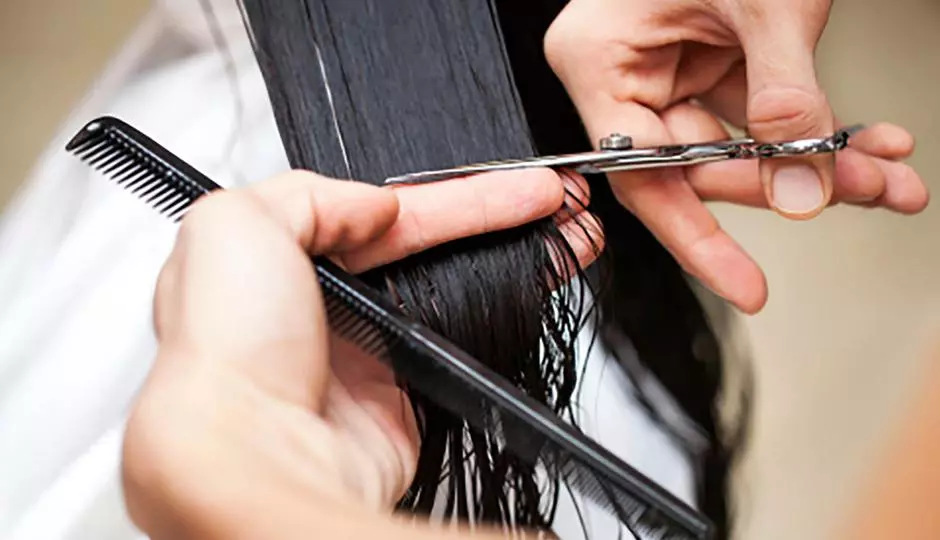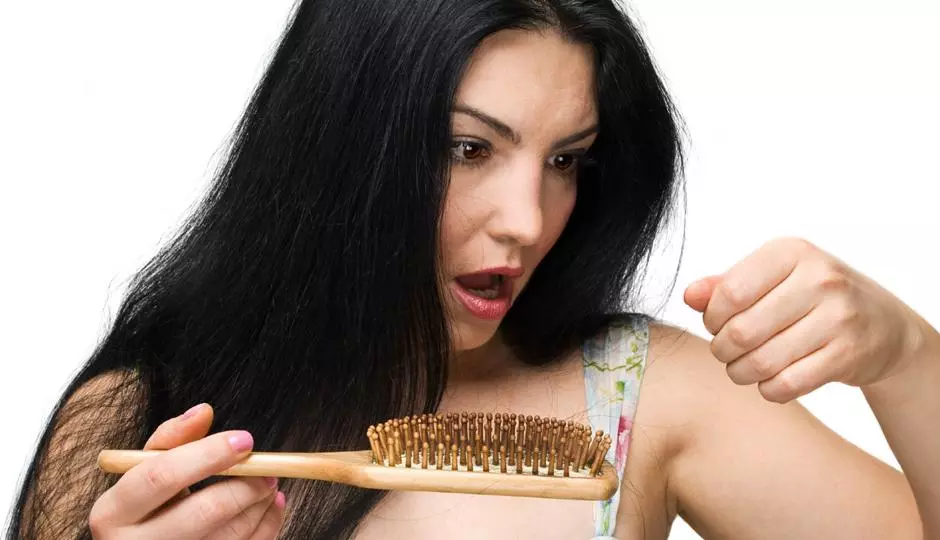Did you know that you have around 100,000 hairs on your head? Each of those hairs goes through a three step life cycle:
- Anagen: the growing phase
- Catagen: the transition phase
- Telogen: the resting phase before shedding
For the average person, this three step life cycle normally lasts two to three years. If you have a two to three year hair growth cycle, you will shed about 100-200 hairs per day normally. If your hair growth cycle is six years then you will lose, on average, 47 hairs a day.
Hair grows about ½ inch per month, which is about six inches per year. For the average person, each hair will be about 18 inches, if allowed to grow before it is cut or falls out. Individuals who can grow their hair to their waist have a much longer hair growth cycle.
Eighty-five percent of your total hair is in the active growing phase at any one time, leaving 15% of your hair in the resting phase at a given time.
Shedding and the Hair Growth Cycle
Have you ever wondered why you seem to shed more hair at different times of the year? Seasonal shedding is normal in the late summer and fall. During the winter there is normal shedding, but in the warmer temperature months, there is more vasodilation which preserves the hair in the growing phase. This results in hair falling out all at one time as the temperature cools.
Connecting the Hair Growth Cycle and Hair Loss
Androgenic alopecia not only decreases the diameter of the affected hairs, but also shortens its normal life cycle. Because of this, the hair follicle will exhaust all of its life cycles at an earlier age, and eventually, the hair will not grow back resulting in alopecia. Once the hair follicle is unable to produce another hair, the only permanent solution is a hair transplant.
We invite you to schedule a consultation with Dr. Arthur Gray, a hair transplant surgeon at the Hair Transplant and Restoration Center in Macon, Georgia.






